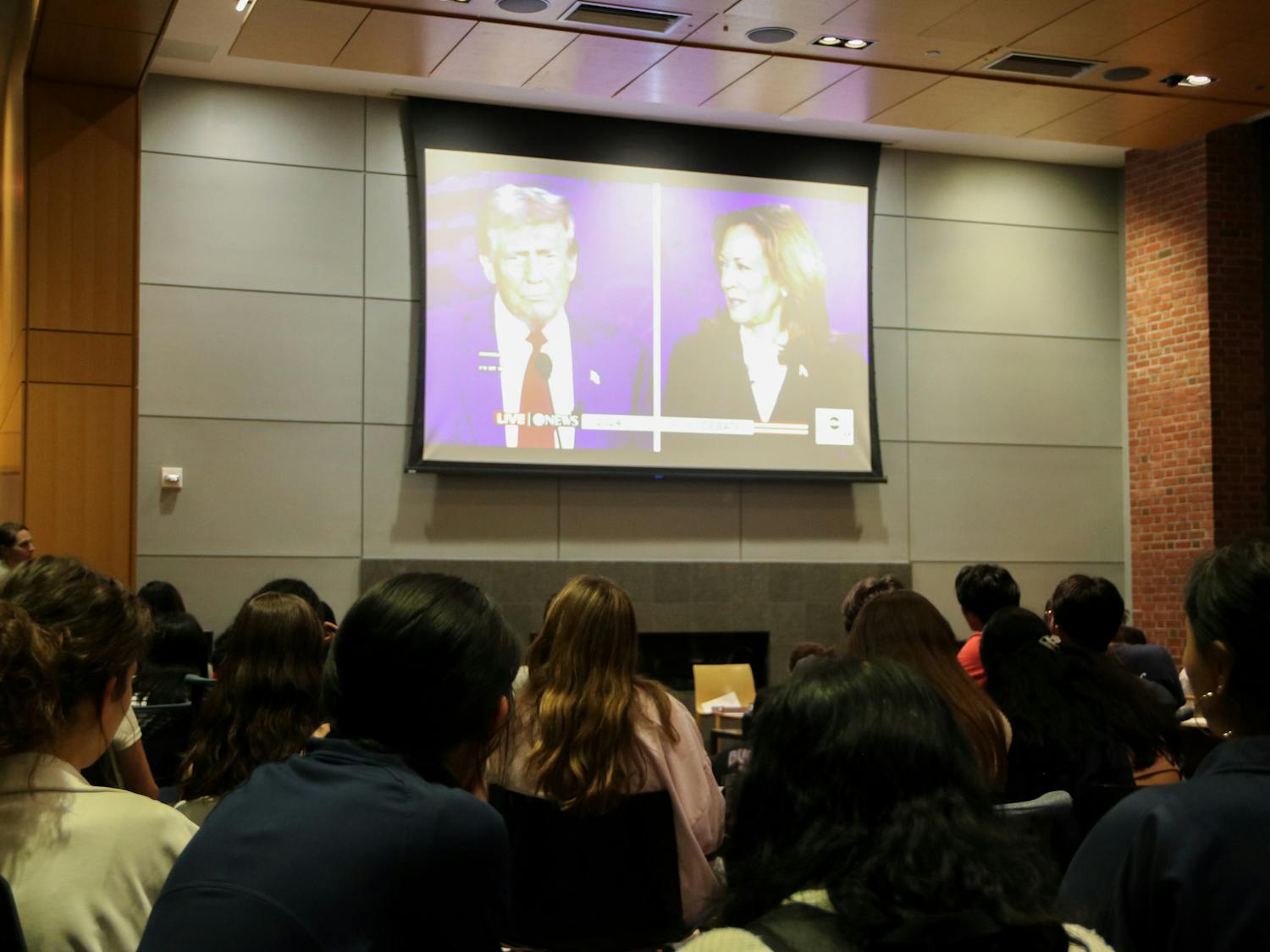Tunnels. MIT and Columbia are famous for their intricate systems of underground passages. Indeed, a quick Google search of college tunnels would suggest that the University of Pennsylvania is almost unique in the lack of secret structures on campus. But just because they aren’t well-known does not mean they do not exist.
Some tunnel rumors are just that — rumors. Penn Principal Planner Mark Kocent mentioned a long-rumored tunnel running from the Alpha Tau Omega house to the Sigma Chi house. Both of these were built by Joseph Drexel (one as a wedding present for his daughter), and there are persistent rumors that a tunnel connected them. But excavations have uncovered no evidence of such a tunnel, according to Kocent. Similarly, the rumor of a tunnel network branching out from Irvine Auditorium stems from the fact that the University’s steam plant was once under the structure. Thus, a network of pipes and pipe-chases extends outward.
Other structures are more interesting. College graduate Jacques-Jean Tiziou describes a strange basement structure under the 37th Street fire tower of Stouffer College House. When he saw it, there was nothing stored there, but there were some drainage structures in place and a person could easily walk around the room. Hill College House’s substructure has more interesting features. Its position atop a Cold War-era bomb shelter is a matter of record, and this substructure has been used by the Geology Department and the Hill College House staff for storage purposes.
With regards to tunnels though, the Quad stands in a category all its own. Alumnus Joel Nied recounted a winter adventure in 1987 where he and his friends, after discovering a door ajar while doing laundry in the Bishop White basement, proceeded through a series of tunnels, some of which he described as “cavernous, with 20-foot-high ceilings.” These tunnels took them under the Lower Quad gate, through Baby Quad and eventually deposited them inside McClelland Hall, where a Christmas tree was set up. This he and his friends purloined and, using the very same network of tunnels, deposited in a girls’ bathroom. While some of these were clearly utility tunnels, others Nied describes as having “no discernible purpose.” Besides the obtaining of Christmas trees, of course.
But hidden in plain sight are even more fascinating secrets: axial lines that defined the early structure of Penn’s campus. Kocent described two of these little known points: the Fisher Library Tower and the Penn Museum Rotunda. The Fisher Tower is in perfect alignment with Locust Walk, and on a clear fall day you can see straight from the 37th Street Bridge to the Tower. The Rotunda’s axis though, has been lost to time, as construction has since obscured its vista down Pine Street. Kocent is hopeful that new construction and a shifting of University structures will someday allow for the restoration of this vista.
Although students undoubtedly still explore the tunnels, the activity is technically illegal and definitely dangerous. Steam tunnels get extremely hot; utility lines are packed with asbestos. It’s frankly a little bit like sex under the Button — something many claim to have done, but few are reckless enough to attempt.
What this column is, then, is a suggestion to learn some of the little secrets (and there are many more) of the place we call home for nine months out of the year. As former Spin blogger and College senior Michael Tate, who once blogged about the possibility of tunnels at Penn, said, “When I wrote that [post], people contacted me about the tunnels they had found.” It has been done, and there are people willing to share their knowledge. So ask around, do some research and learn more about Penn’s quirks.
Sam Bieler is a College sophomore from Ridgewood, N.M. and is a member of the NEC. His e-mail address is bieler@dailypennsylvanian.com








